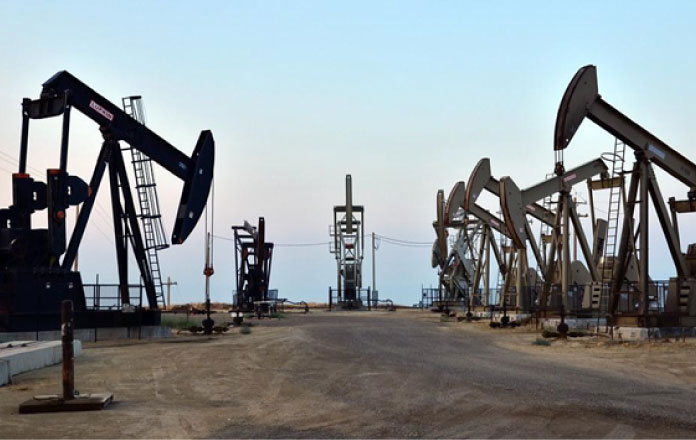One of the biggest next consumer trends is said to be wearable technology, as it is evolving rapidly. Wearable tech is now hitting the industrial space with immense force. While multiple industries are already cherishing its use, the oil and gas industry is also planning to deploy wearable tech in daily operations. The purpose is to eliminate all the unnecessary hindrances in day-to-day operations in the industry. The evolution in tech is meant to enhance human capabilities which are highly required in such significant industries. Here we have the key trends in wearable technology when it comes to the oil and gas industry;

Injury Prevention and the Safety of the Workforce
One of the most important uses of wearable tech is to minimize workplace injury as it not only puts at stake the life of a worker but also hampers the abilities of other employees. When talking about oil fields, workers are exposed to extreme working conditions such as high temperatures, harmful chemicals, and gasses. Workers are always vulnerable around heavy machines as it takes a lot of experience and understanding to work with such machines.
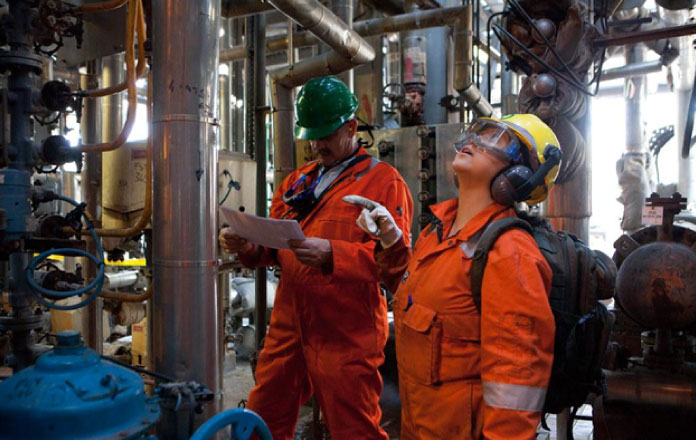
The field technicians deserve safety from all these adversaries in an oil field. However, this is where wearable tech comes in; it can be used to keep in check the worker’s heart rate, fatigue, body temperatures, and even fatigue. Such devices are also helpful in detecting extreme temperatures, and harmful gasses in the air, which are not detectable by the human body. The devices also have alarm generation capability which can alert the technician in no time.
Expert Monitoring and Inspection
A delay in analyzing the signs of failure can surely have troubling effects on a company. Wearable technology is capable of maintaining equipment and inspecting the signs of failure beforehand. If a technician inspects a problem in operations, calling out to experts is also a very costly and time-taking mechanism. Applications such as smart glasses and smart helmets can prove to be remarkable in reducing the time of inspection or increasing their efficiency.
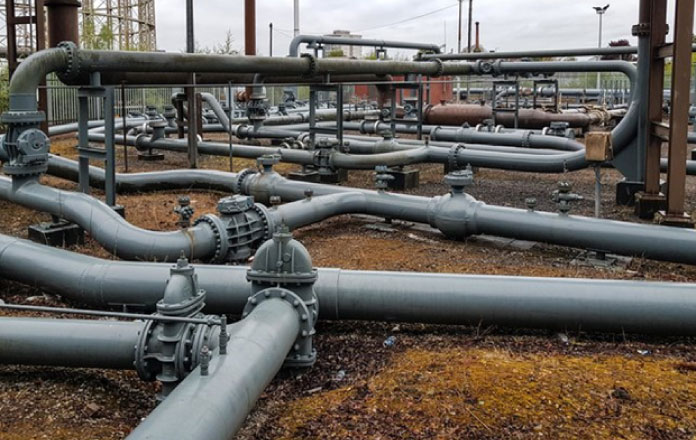
Field engineers can get charts, maps, and other information in no time with the help of these glasses or helmets. They can also get expert guidance from the seniors in the office via wireless connectivity. The need for an expert to be available all the time in the field would surely be minimized, as intelligent machines will be responsible for maintaining the machines and operations. It would certainly increase productivity too.
Tracking Resources
Tracking the workforce during field operations is also a big dilemma to deal with. To run the operations systematically, it is essential to have the location of the workforce all the time. Location-based wearable tech helps companies tackle this problem quite efficiently. Real-time location of the workers can be attained at the monitoring centers to ensure the safety of the staff and equipment.
![]()
Oil and gas leakage is prone to occur and in such emergency cases, tracking the workers is highly significant. Location-based devices allow the chief operators to take precise decisions in emergencies. These devices can also aid in keeping the workers away from restricted or hazardous areas. Workers can get alerts from the devices if they go near these regions. Such advancements are highly required in the industry of oil and gas. They help in keeping the workers unharmed during operations. The demand for industrial wearables is escalating for sure.
Job Training
Virtual reality has gained immense hype in the past few years, and that is because it has opened a gateway to a new world. VR is a computer-generated environment that can be used for gaming, education, and whatnot. Many businesses are already benefiting from this technology.
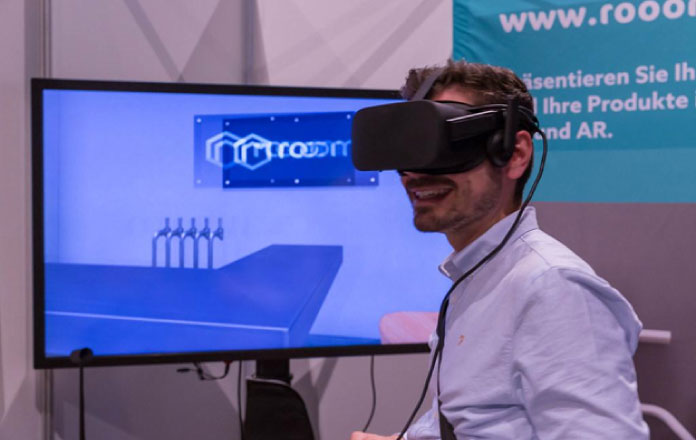
Training new workers is a significant job to do. You have to be timely, on-point, and available most of the time. However, with the help of AR/VR technology, companies can run training programs and guide the workers regarding newly added equipment or procedures. Smart glasses or helmets can reduce the cost spent on arranging training programs. Workers can learn all of it remotely. The travel expenses can surely be cut out. VR has a very bright scope for workers, they can learn about a diverse range of topics such as; What is a Landman in the Oil and Gas industry, or any other query. Moreover, they can get a deep insight into any machine or procedure beforehand. Directly jumping into the field can be troublesome in many situations.
Handling Emergency Situations
As mentioned earlier, location-based wearable technology can help track the workforce. The efficiency of these devices is beyond imagination. During an emergency, it is very important to track all the workers before making a decision. The Wi-Fi triangulation method is a lifesaver here. Using this method, the exact location of the workers can be identified and can be sent to a centralized monitoring system.
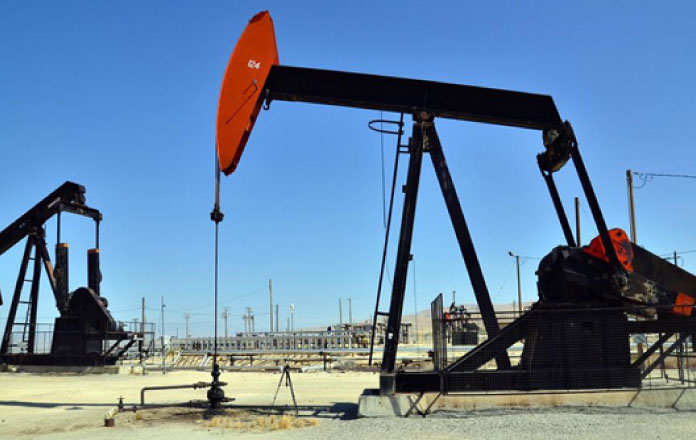
The best part about wearable technology is that with the help of motion sensors, the posture and physical movement of the workers can also be tracked. Gas leakage can make technicians unconscious in a few minutes. Motion sensors can help you analyze if the technician is responsive or not. Immediate rescue measures can be taken to save the precious lives of technicians in the fields. To minimize the response time in emergencies, dozens of advancements are made every year.
Transporting the Workforce
Getting workers from onshore locations to offshore rigs is a crucial part. This is where safety measures need to be the best. As the offshore environment is harsh, a safe landing is required. Pilots have been benefiting from helmet-mounted displays for the past few years. Yet, the Enhanced Flight Vision System (EFVS) is capable of making the pilot more aware of ground situations if the visibility is low. Risking their lives is not an option here. Techs like EFVS can increase the efficiency of the pilot and save the lives of workers on board. Failed landing is possible in harsh weather conditions.
